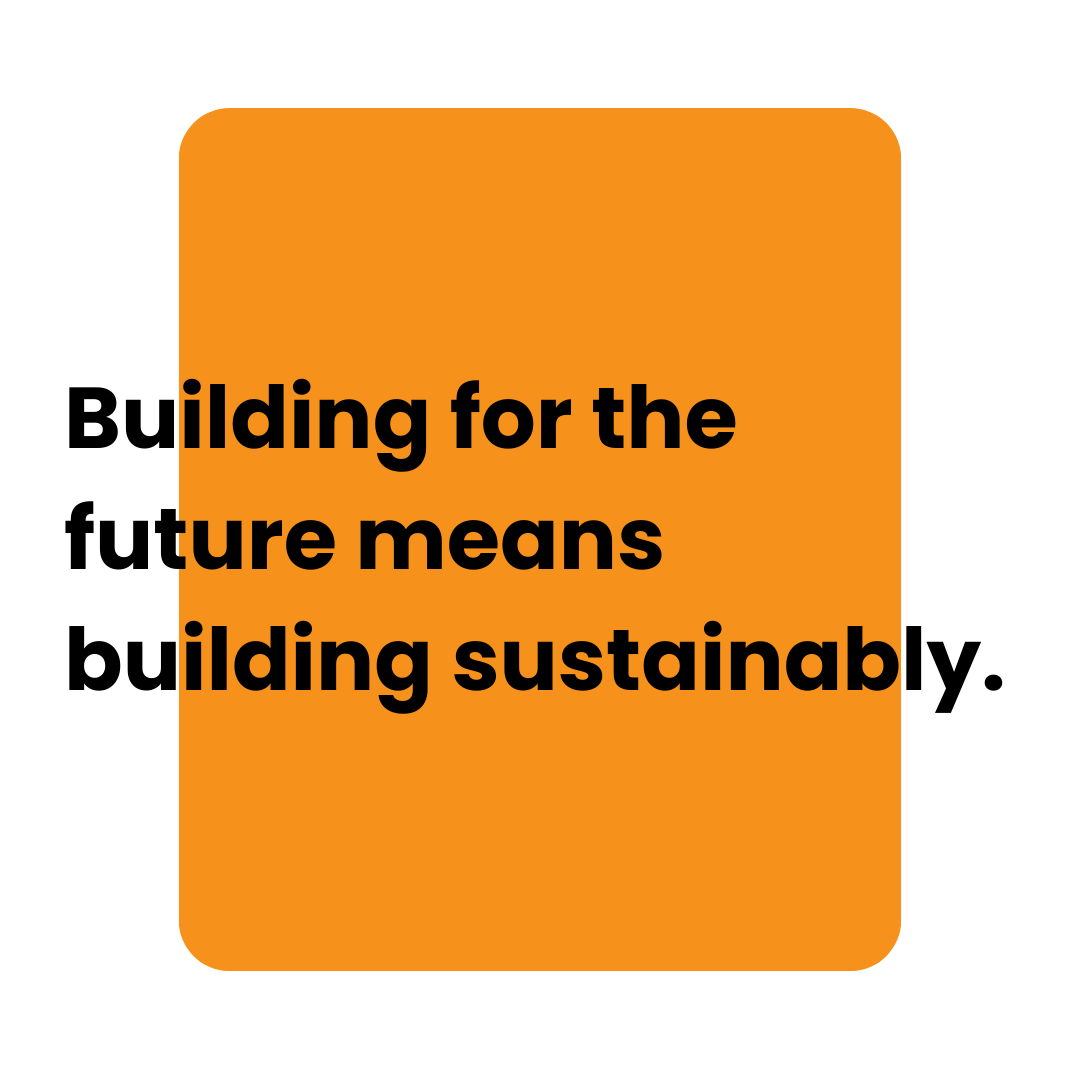
7 Effective Ways to Reduce Carbon Emissions in Commercial Buildings
25 % of UK emissions are directly attributed to the built environment. The fight to combat climate change has put commercial buildings under the spotlight. As significant contributors to greenhouse gas emissions, these structures play a pivotal role in the race to carbon neutrality. Achieving carbon neutrality in commercial buildings involves balancing carbon emissions with the removal of an equivalent amount from the atmosphere to reduce the carbon footprint in your business In this article, we will explore seven effective strategies to make commercial buildings more carbon neutral.
Energy Efficiency and Conservation to reduce the carbon footprint in your business:
-
- Conduct an energy audit to identify areas for improvement.
- Implement energy-efficient lighting and sensors.
- Make sure HVAC system are adequately sized and controlled.
- Make sure assets are well maintained and running as they should.
- Invest in smart building technologies and IoT sensors for real-time energy controls and management.
- Conduct regular walkarounds to ensure non-essential equipment is turned off and at the correct set points.
- Set energy reduction targets and regularly monitor and adjust usage.
- Consider asset replacement if there is a benefit to energy consumption.
- Group non urgent maintenance jobs as much as possible.
Renewable Energy Sources to reduce the carbon footprint in your business:
-
- Consider solar panels on rooftops or facades to harness solar energy.
- Consider wind turbines on suitable sites for clean wind power.
- Utilise geothermal heating and cooling systems when feasible.
- Make energy efficiency a consideration when purchasing any new asset.
- Purchase green energy from renewable sources.
- Use more a more sustainable supply chain.
Carbon Offsetting to reduce the carbon footprint in your business:
-
- Calculate the building’s carbon footprint, including emissions from operations.
- Invest in certified carbon offset projects such as afforestation, reforestation, or renewable energy initiatives to compensate for remaining emissions.
Waste Reduction and Management:
-
- Reduce waste generation during construction and operation.
- Set up recycling programs and encourage occupants to participate.
- Use materials that are easy to reuse, recycle, or repurpose.
- Implement a zero-waste policy to minimise landfill waste.
Water Efficiency:
-
- Install water-saving fixtures and appliances to reduce water consumption.
- Implement water recycling systems for irrigation and cooling.
- Manage storm water effectively through green infrastructure.
Behavioural Changes and Education:
-
- Educate building occupants and employees about energy conservation and sustainability, particularly the strategies you are looking to implement.
- Encourage eco-friendly commuting options such as carpooling, biking, and the use of public transport.
- Promote sustainable practices like reducing, reusing, and recycling within the building.
- Allow employees to work from home where possible.
- Consider downsizing offices if all of the space is not being utilised or condensing floors/ rooms.
Carbon neutrality in commercial buildings requires a collective effort to combat climate change. By implementing these strategies, some of which you can do right away, some of which will require external intervention, commercial buildings can dramatically reduce their carbon footprint. As businesses increasingly prioritise sustainability, these measures not only contribute to a healthier planet but also offer cost savings and long-term value. Carbon neutrality is more than an environmental ambition; it is an economic and ethical imperative for a greener and more sustainable future.
Author
Charlie Bown
Ex Facility Manager, I feel your pain!

